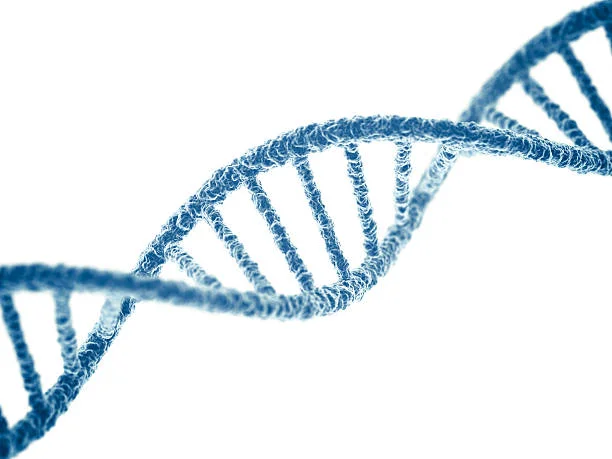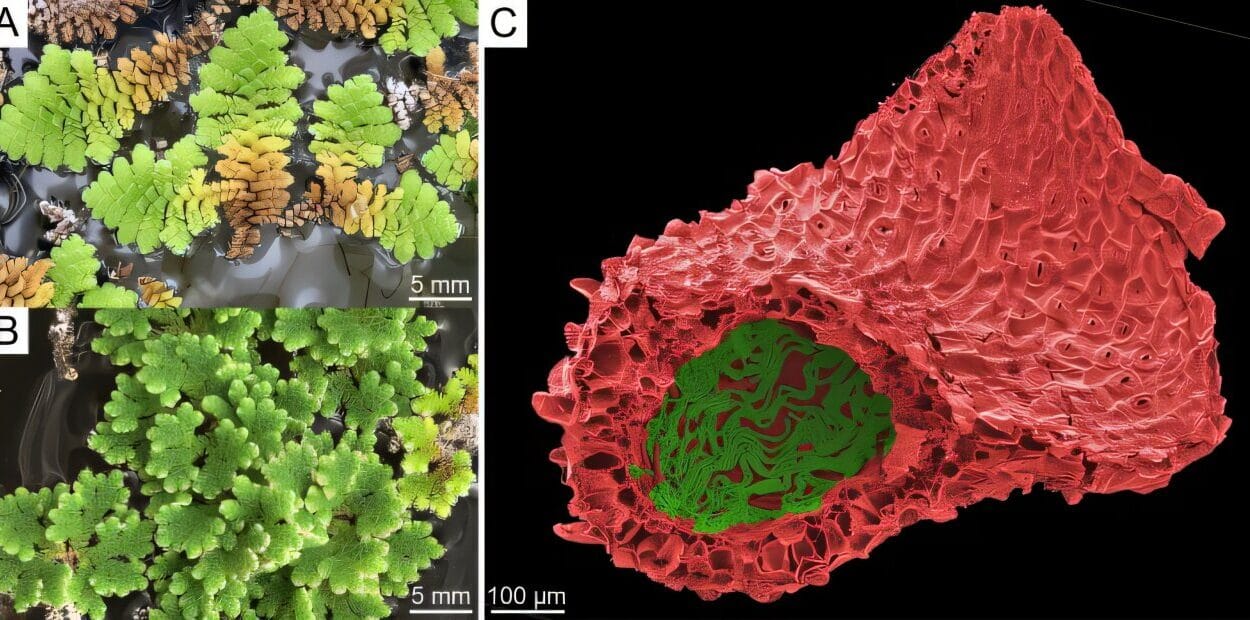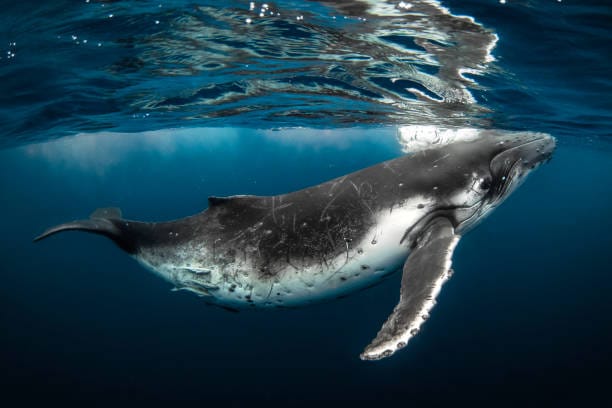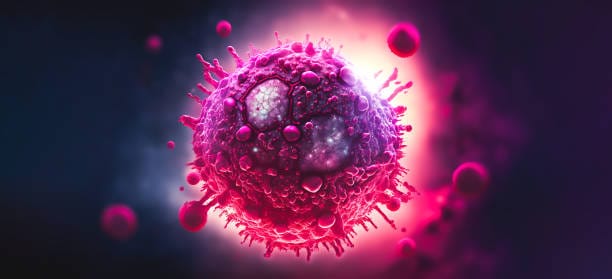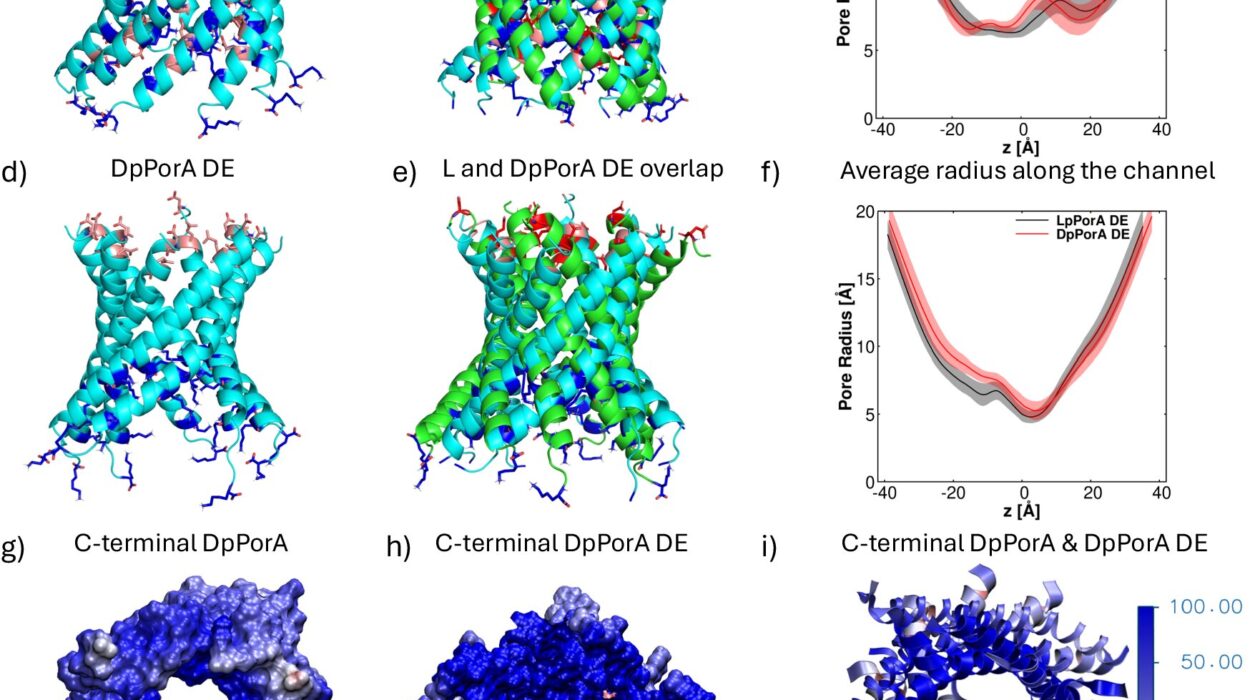Deoxyribonucleic acid, or DNA, is the very fabric of life. It holds the intricate instructions that govern the growth, development, and functioning of all living organisms. Whether it’s a single-celled bacterium or a complex human being, DNA is the fundamental molecule that enables life to thrive, evolve, and continue its existence. In this exploration, we will journey through the origins, structure, functions, and remarkable significance of DNA, unraveling how this molecular masterpiece is the foundation of all life on Earth.
The Story of DNA’s Discovery
The history of DNA begins in the mid-19th century when scientists were starting to make sense of the mechanics of heredity. But it wasn’t until the early 20th century that the true nature of DNA started to take shape. The first significant breakthrough came in 1869, when Swiss chemist Friedrich Miescher isolated a substance from white blood cells that he initially called “nuclein”—which we now know as DNA. While he couldn’t yet understand its function, Miescher’s discovery was a crucial first step in unraveling the mysteries of inheritance.
However, it wasn’t until the 1950s that the full significance of DNA was understood. In 1953, James Watson and Francis Crick, building on the work of Rosalind Franklin and Maurice Wilkins, determined the double-helix structure of DNA, a discovery that would forever change the course of biology. Their model revealed that DNA is made up of two strands that twist around each other, resembling a spiral staircase—a structure that is essential for its ability to store and replicate genetic information. Watson and Crick’s discovery was one of the most important in the history of science, and it paved the way for our current understanding of genetics and molecular biology.
The Molecular Blueprint: What is DNA Made Of?
To understand DNA, we must first delve into its structure. DNA is a long molecule made up of smaller subunits called nucleotides. Each nucleotide consists of three components: a phosphate group, a deoxyribose sugar molecule, and a nitrogenous base. There are four types of nitrogenous bases in DNA: adenine (A), thymine (T), cytosine (C), and guanine (G). These bases are the code that carries genetic information.
What makes DNA particularly fascinating is how these bases pair up. Adenine always pairs with thymine, and cytosine always pairs with guanine. These base pairs are held together by hydrogen bonds, forming the rungs of the DNA ladder. The backbone of this ladder is composed of alternating sugar and phosphate molecules. This arrangement gives DNA its characteristic double-helix structure, which resembles a twisted ladder.
The sequence of these nitrogenous bases (A, T, C, and G) forms the genetic code—the instructions that dictate how an organism is built, how it functions, and how it will reproduce. Just as letters in an alphabet can form words and sentences, the four nitrogenous bases combine to create the vast diversity of proteins and organisms.
How DNA Replicates: The Miracle of Life’s Continuity
One of the most remarkable properties of DNA is its ability to replicate. Replication is the process by which DNA makes an identical copy of itself, ensuring that genetic information is passed on from one generation to the next. This process is crucial for growth, healing, and reproduction. But how does DNA achieve this?
When a cell divides, its DNA must be copied so that each daughter cell has a complete set of instructions. The first step in DNA replication is the unwinding of the double helix. Enzymes called helicases break the hydrogen bonds between the paired bases, causing the two strands of DNA to separate. Once the strands are separated, another enzyme called DNA polymerase comes into play. This enzyme reads the sequence of bases on one strand of the DNA and builds a new complementary strand, following the base-pairing rules: A with T and C with G.
As the replication progresses, two identical DNA molecules are formed. Each molecule consists of one old (parental) strand and one new (daughter) strand, a process known as semi-conservative replication. This process ensures the faithful transmission of genetic information, keeping life’s blueprint intact as it passes from one generation to the next.
Genes: The Instructions for Building Life
DNA doesn’t just sit idle in a cell; it is actively used to direct the processes that build and sustain life. This happens through the formation of proteins, which are the molecular machines responsible for nearly every function in a living organism.
At the heart of DNA’s role in life is the gene. A gene is a segment of DNA that contains the instructions for making a specific protein or RNA molecule. Genes are the blueprints for the construction of proteins, which, in turn, carry out the essential functions needed to sustain life. For example, some proteins act as enzymes, speeding up chemical reactions, while others form the structural components of cells, such as the cytoskeleton. Proteins also regulate gene expression, ensuring that the right genes are activated at the right time.
The process of converting a gene into a functional protein is known as gene expression, and it occurs in two main stages: transcription and translation. In transcription, an enzyme called RNA polymerase reads the DNA code and creates a messenger RNA (mRNA) molecule, which serves as a copy of the gene. This mRNA molecule then leaves the nucleus and enters the cytoplasm, where it is used as a template in the process of translation. During translation, the mRNA is read by ribosomes, which assemble amino acids into a specific sequence, ultimately forming a protein.
The diversity of life on Earth is made possible by the immense variety of genes and proteins that DNA encodes. Even small changes in the sequence of DNA can lead to significant differences in the way an organism looks, behaves, and functions. These changes, known as mutations, are a driving force behind evolution.
DNA and Inheritance: The Legacy of Life
DNA is the molecule that carries hereditary information from one generation to the next. This means that offspring inherit a combination of genes from their parents, and this genetic inheritance determines many aspects of their traits. The process by which DNA is passed from parent to offspring is governed by the principles of Mendelian genetics.
Gregor Mendel, a 19th-century monk, discovered the basic laws of inheritance by studying pea plants. He found that traits such as flower color or seed shape were inherited in predictable patterns. Today, we know that these traits are controlled by specific genes located on chromosomes—structures made of DNA.
Humans have 46 chromosomes in total (23 pairs), half of which are inherited from the mother and half from the father. The combination of these chromosomes forms a unique genetic code for each individual. This is why we inherit certain features from our parents, such as eye color, hair texture, and height. However, genetic inheritance is not always straightforward. Many traits are influenced by multiple genes, and environmental factors can also play a role in determining an organism’s characteristics.
The blending of genetic material from two parents leads to genetic variation, which is essential for the survival and adaptation of species. This genetic diversity is a key factor in the process of natural selection, where organisms with advantageous traits are more likely to survive and reproduce.
DNA and Evolution: The Engine of Diversity
One of the most fascinating aspects of DNA is its role in evolution. Over generations, the genetic material of a population changes, leading to the development of new traits and species. These changes, or mutations, can occur in response to environmental pressures, such as changes in climate, food availability, or the presence of predators.
Mutations can be caused by errors during DNA replication or by external factors like radiation or chemicals. Most mutations are neutral or harmful, but some can confer an advantage in a particular environment. For example, a mutation that makes an organism more resistant to disease could increase its chances of survival and reproduction.
Over time, beneficial mutations accumulate in a population, leading to the gradual development of new traits and species. This process is called natural selection, and it is the driving force behind evolution. DNA provides the raw material for this process, and the genetic code is constantly being reshaped by the forces of evolution.
DNA and Modern Science: Unraveling the Mysteries of Life
In the 21st century, our understanding of DNA has advanced rapidly. With the completion of the Human Genome Project in 2003, scientists mapped the entire sequence of the human genome, identifying over 20,000 genes that make up our genetic code. This monumental achievement has opened new doors to understanding human biology, disease, and evolution.
DNA analysis is now a cornerstone of modern medicine, forensic science, and biotechnology. Advances in genetic testing have made it possible to diagnose genetic disorders, predict disease risk, and develop personalized treatments. In forensics, DNA profiling is used to identify individuals and solve crimes. In biotechnology, scientists are using DNA to develop new crops, create life-saving medicines, and even engineer microorganisms to clean up environmental pollution.
Conclusion: DNA and the Future of Life
DNA is the ultimate blueprint for life. It holds the secrets to our past, shapes our present, and will continue to guide the future of life on Earth. From the smallest bacteria to the largest mammals, DNA is the thread that connects all living organisms. Its ability to store and transmit genetic information is nothing short of miraculous.
As we continue to unlock the mysteries of DNA, we are entering a new era of scientific discovery. With advancements in gene editing technologies like CRISPR, we now have the ability to modify DNA with unprecedented precision. This raises exciting possibilities for medicine, agriculture, and environmental conservation, as well as ethical questions about the power to manipulate the very essence of life.
DNA is more than just a molecule—it’s the key to understanding what it means to be alive. Whether we are exploring the depths of the human genome or studying the genetic code of ancient organisms, one thing is clear: DNA is at the heart of life itself.
